Exhibition dates: 4th May – 30th September 2018
Artists: George Barbier, Jean Carlu, AM. Cassandre, Paul Colin, Jean-Gabriel Domergue, Studio Dorland, Maurice Dufrène, Michel Dufet, Jean Dupas, Charles Gesmar, Raymond Gid, Natalja Gontscharowa, Agentur Havas, Auguste Herbin, Paul Iribe, Alexis Kow, André Lambert, Michail Larionow, Fernand Léger, Georges Lepape, Charles Loupot, André Édouard Marty, René Vincent, Gerda Wegener and others
Paul Colin (French, 1892-1985)
Josephine Baker in a Banana Skirt
1927
Sheet of the Portfolio Edition Le Tumulte noir
Lithograph, Pochoir Print
47 x 33cm
© VG Bild-Kunst, Bonn 2018
Colourful and graphic, these designs are just fab!
From the androgynous creatures in Georges Lepape’s Japonisme inspired Rugby (Waisted Costume by Redfern) 1914 to Fernand Léger’s avant-garde Illustration of Blaise Cendrars, La Fin du Monde 1919 (both below) these creations are elegant and sophisticated illustrations.
The outrageous curve of the out flung arm in Paul Colin’s Josephine Baker in a Banana Skirt 1927 (above), so evocative of the dancer is, on its own, worthy of your attention.
Marcus
Many thankx to the the Museum für Kunst und Gewerbe Hamburg for allowing me to publish the artwork in the posting. Please click on the photographs for a larger version of the image.
Paul Iribe (French, 1883-1935)
Illustration of Les Robes des Paul Poiret
1908
Etching and Pochoir print
31 x 27.7cm
Museum für Kunst und Gewerbe Hamburg
Paul Iribe (8 June 1883 – 21 September 1935) was a French illustrator and designer in the decorative arts. He worked in Hollywood during the 1920s and was Coco Chanel’s lover from 1931 to his death.
Georges Lepape (French, 1887-1971)
We are watched – New Muffs for the Winter
1913
Panel of La Gazette du Bon Ton
Pochoir Print
24.5 x 19cm
© VG Bild-Kunst, Bonn 2018
Georges Lepape was a French poster artist, illustrator, and fashion designer. Lepape’s work incorporates orientalist motifs with fluid lines, bold coloration, and graphic stylisations that are evocative of the Art Nouveau movement, which includes Alphonse Mucha, Erté, Gustav Klimt, and Henri de Toulouse-Lautrec. The artist’s body of work spans across media, and he has contributed to the design of book covers, playbills, magazines, advertisements, and textiles. Born June 26, 1887 in Paris, France, Lepape studied at the Ecole des Beaux-Arts at the age of eighteen. In 1910 he began his iconic collaboration with artist and fashion designer Paul Poiret. The Musée des Arts Décoratifs in Paris held the first major exhibition of his work in 1920, and six years later he would be invited by publisher Condé Nast to work in New York. While there, he produced iconic cover art for Vogue and Vanity Fair magazines.
Text from the Artnet website
Georges Lepape (French, 1887-1971)
Rugby (Waisted Costume by Redfern)
1914
Panel of La Gazette du Bon Ton
Pochoir Print
24 x 19cm
© VG Bild-Kunst, Bonn 2018
The term Art Deco is used to describe a style of decorative art popular between the heyday of Art Nouveau and the emergence of the International Style in the 1950s, roughly contemporaneous with the radical forms of avant-garde artistic expression exemplified by De Stijl, the Russian avant-garde, and the Bauhaus. The origins can be traced to Paris circa 1910. After 1930, Art Deco diverged in various directions. It was subsumed by the pompous neoclassicism of the 1930s, for example in Fascist architecture in Italy, and it survived in the USA until the 1950s in bakelite radios and plastic handbags. The name was derived from the 1925 world exhibition of applied arts in Paris: Exposition internationale des arts décoratifs et industriels modernes. The very words Art Deco summon images of opulent curved forms, exquisite furniture, costly fabrics, and sophisticated garments – and only rarely of graphic art. And yet the printed image witnessed some remarkable achievements during this period. In recent years, the Museum für Kunst und Gewerbe Hamburg (MKG) has acquired a collection of Parisian prints mainly from the 1920s that is unparalleled anywhere in Germany. From a total of over 700 sheets, some 150 will be on view at the show, representing in equal measure posters, graphics (pochoir prints and lithographs), and advertisements printed chiefly in the magazines Vogue and L’Illustration. It may be surprising to see advertising placed on equal footing here with other graphic artworks, but these ads were often designed by leading artists and reflect the major themes of the times: the automobile, which reached an aesthetic culmination circa 1930; the French chanson, which rose to prominence in the 1920s; the Parisian Haute Couture created during this era; and, last but not least, dance and cabaret, which played an important role especially in Paris.
The Paris Art Deco posters are regarded internationally as a high point in the history of the poster. Adolphe Mouron, aka Cassandre, along with Charles Loupot, Jean Carlu, and Paul Colin were the leading poster artists. Each developed his own signature style. Cassandre is still today considered the greatest poster artist of the 20th century. Between 1925 and 1935, he produced around one hundred posters, each unique in its own way and many of them masterpieces that still convey a convincing balance between modern design and vivid effect. While Cassandre and Loupot were active mainly in the area of product advertising, Jean Carlu’s graphic works covered a broad spectrum from political poster to product advertising to theatre posters. Paul Colin by contrast specialised in imagery for the city’s theatre and cabaret stages. He portrayed many of the great singers and actors of the day. One of the highlights of the exhibition is Colin’s portfolio for the Revue nègre, Josephine Baker’s dance company, which performed several times in Paris and for which Colin also designed stage sets and costumes.
The first catalogue of a collection designed by the couturier Paul Poiret came out in 1908: Les robes de Paul Poiret – a sort of founding manifesto of Art Deco. Poiret, who deserves to be called one of the inventors of Haute Couture, presents therein his new women’s fashions, with high waists and long, swinging robes: the typical Art Deco silhouettes are born. The catalogue also boasts the first important pochoir prints, designed by Paul Iribe, a political cartoonist who also had success as a fashion illustrator.
Pochoir prints are a special feature in Parisian graphics. The term refers to a specific technique, but came to stand for a whole genre, namely for sophisticated and elegant illustration dealing mainly with fashion and – subtle – eroticism. Literally translated, pochoir means stencil printing, but there is much more involved in the actual practice. Most of the prints were produced using complex mixed techniques with varying proportions of manual labor. Unsuitable for large editions at low prices, the prints were destined instead for deluxe editions and upscale fashion journals such as the Gazette du Bon Ton.
Press release from Museum für Kunst und Gewerbe Hamburg
Fernand Léger (French, 1881-1955)
Illustration of Blaise Cendrars, La Fin du Monde
1919
Lithograph
31.8 x 25cm
© VG Bild-Kunst, Bonn 2018
George Barbier (French, 1882-1932)
Day and Night
1924
Panel of the Almanac Falbalas et Fanfreluches
Pochoir print
24 x 19cm
Museum für Kunst und Gewerbe Hamburg
George Barbier (French), né Georges Augustin Barbier, (1882-1932) was one of the great French illustrators of the early 20th century.
Born in Nantes, France on 16 October 1882, Barbier was 29 years old when he mounted his first exhibition in 1911 and was subsequently swept to the forefront of his profession with commissions to design theatre and ballet costumes, to illustrate books, and to produce haute couture fashion illustrations.
For the next 20 years Barbier led a group from the Ecole des Beaux Arts who were nicknamed by Vogue “The Knights of the Bracelet” – a tribute to their fashionable and flamboyant mannerisms and style of dress. Included in this élite circle were Bernard Boutet de Monvel and Pierre Brissaud (both of whom were Barbier’s first cousins), Paul Iribe, Georges Lepape, and Charles Martin.
During his career Barbier also turned his hand to jewellery, glass and wallpaper design, as well as writing essays and many articles for the prestigious Gazette du Bon Ton. In the mid-1920s he worked with Erté to design sets and costumes for the Folies Bergère, and in 1929 he wrote the introduction for Erté’s acclaimed exhibition and achieved mainstream popularity through his regular appearances in L’Illustration magazine.
Barbier died in 1932 at the very pinnacle of his success. He is buried in Cemetery Miséricorde, Nantes.
Text from the Wikipedia website
Charles Loupot (French, 1892-1962)
The Blue Amazon
1924
Illustration of La Gazette du Bon Ton
Pochoir Print and Halftone
24.7 × 19.2cm
© VG Bild-Kunst, Bonn 2018
Charles Loupot (20 July 1892 – 18 October 1962) was a French poster artist and painter. He was one of France’s most significant poster artists, along with A.M. Cassandre, Paul Colin, and Jean Carlu. His pioneering use of the lithographic technique was widely celebrated across his fifty year career.
Charles Loupot (French, 1892-1962)
Official Poster for the International Exhibition of Decorative Arts
1925
Lithograph
120 × 77.5cm
© VG Bild-Kunst, Bonn 2018
Charles Gesmar (French, 1900-1928)
Mistinguett
1925
Poster, Lithograph
120 × 77.5cm
Museum für Kunst und Gewerbe Hamburg
Auguste Herbin (French, 1882-1960)
Bal de la Grande Course
1925
Poster, Lithograph
120.4 × 80.1cm
© VG Bild-Kunst, Bonn 2018
Auguste Herbin (29 April 1882 – 31 January 1960) was a French painter of modern art. He is best known for his Cubist and abstract paintings consisting of colourful geometric figures. He co-founded the groups Abstraction-Création and Salon des Réalités Nouvelles which promoted non-figurative abstract art.
Paul Colin (French, 1892-1985)
Jean Borlin
1925
Poster, Lithograph
120.6 × 90.3cm
© VG Bild-Kunst, Bonn 2018
Paul Colin (27 June 1892 – 18 June 1985) born in Nancy, France, died in Nogent-sur-Marne. Paul Colin was a prolific master illustrator of Decorative Arts posters. And he is the brother of Alexandre-Marie Colin.
Paul colin was a professional artist, scenographer, graphic designer and theatre painter. He specialises in theatre sets, book design and costume design. During his lifetime he created over 1900 posters and worked in theatre for more than 40 years. He was praised for the perfect combination of organic and graphic themes with geometric forms. He was influenced by Surrealism and Cubism, typically using very exaggerated shapes, striking colours and very stylised art forms in his work. He used a large palette of colours to emphasise the energy and meaning conveyed by his subjects, and his art is strongly in the style of the Art Deco movement. Many of his most famous illustrations were created for Jazz Age music and theatre. His designs incorporate jazz elements, bold and striking colours, Cubist and Surrealist. Highly stylised or characterised humanoids are strangely juxtaposed with geometrically overlapping objects such as Cubist collages. His own background in painting and his love of theatre helped him to become one of the most important French poster artists of the 1920s and 1930s.
Colin designed posters for artists and theatres such as Folies Bergères, the Moulin Rouge and the Champs Elysées Theatre. In addition, he produces posters for various festivals, exhibitions, products and companies. For example, he designed posters for French films such as Le Voyage Imaginaries and produced stage and costume designs for theatres. He has been teaching his skills for over 40 years at the “Ecole Paul Colin” graphic arts school in Paris, where many graphic artists and designers have benefited.
Text from the Wikipedia website
Paul Colin (French, 1892-1985)
The Jazz Orchestra of Josephine Baker
1925
Sheet of the Portfolio Edition Le Tumulte noir
Lithograph, Pochoir Print
47 × 66cm
© VG Bild-Kunst, Bonn 2018
Paul Colin (French, 1892-1985)
Josephine Baker, dancing
1927
Sheet of the Portfolio Edition Le Tumulte noir
Lithograph, Pochoir Print
47 x 33cm
© VG Bild-Kunst, Bonn 2018
Rougemont
Mistinguett
1928/29
Poster, Lithograph
157.5 x 117.2cm
Museum für Kunst und Gewerbe Hamburg
René Vincent (French, 1879-1936)
Peugeot
1928
Poster, Lithograph
117,5 × 157.5cm
Museum für Kunst und Gewerbe Hamburg
René Vincent (1879-1936) was a French illustrator who was active in the 1920s-1930s. He worked in an Art Deco style and became famous for his poster designs. He was influential in the Art Deco movement in the period between the two world wars. His illustrations helped define advertising in the 20th century. …
Vincent was an illustrator for La Vie Parisienne, L’Illustration and Fantiso. When he came to the United States, he did work for the Saturday Evening Post and Harper’s Bazaar. Most of his contributions to these magazines were fashion illustrations. When he came back to France, he created a plethora of advertisements for Bugatti, Peugeot, Michelin, and Shell Oil Company. His most recognisable work is the 1925 Porto Ramos Pinto poster.
Text from the Wikipedia website
Paul Colin (French, 1892-1985)
André Renaud
1929
Poster, Lithograph
156,7 × 117.8cm
© VG Bild-Kunst, Bonn 2018
Roger Pérot (French, 1908-1976)
Delahaye
1932
Poster, lithograph
160 x 120cm
Museum für Kunst und Gewerbe Hamburg
Unknown
Advert for the Parfume French Cancan in the Magazine L’Illustration
1935
Offset print
Museum für Kunst und Gewerbe Hamburg
Museum für Kunst und Gewerbe Hamburg
Steintorplatz, 20099 Hamburg
Opening hours:
Tuesday to Sunday 10 am – 6 pm
Thursday 10 am – 9 pm
Closed Mondays












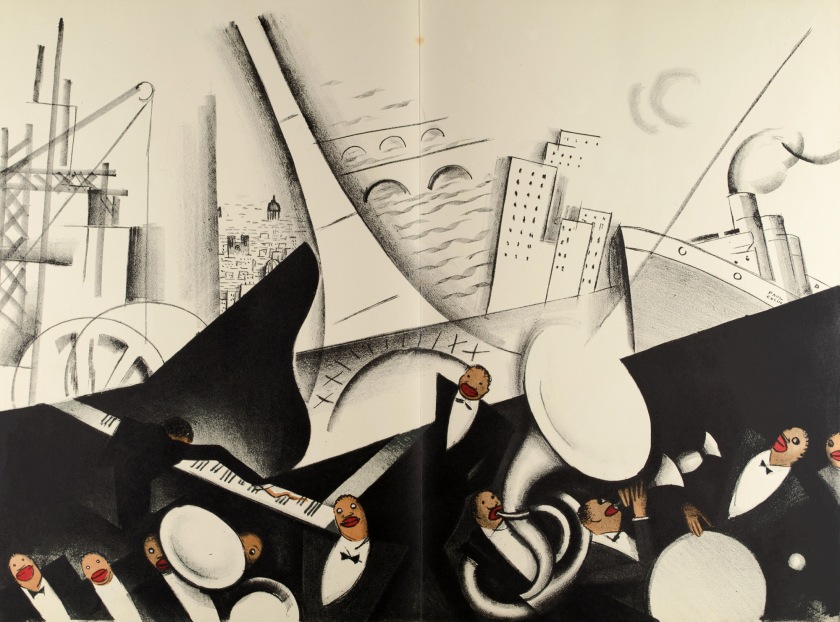








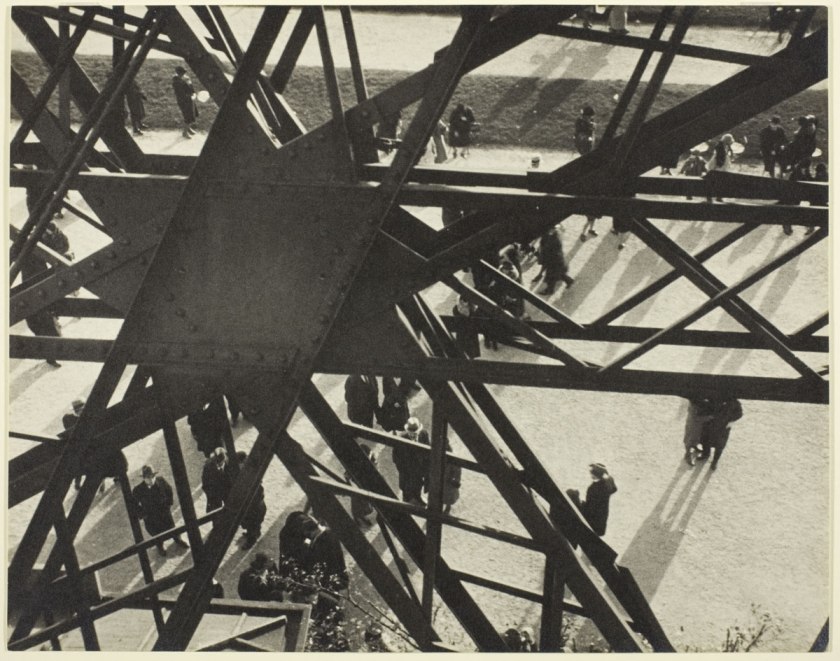









![Stanisław Ignacy Witkiewicz. 'Self-Portrait, Zakopane [Broken Glass]' 1910](https://artblart.com/wp-content/uploads/2015/03/witkiewicz_self-portrait-zakopane-web.jpg?w=840)
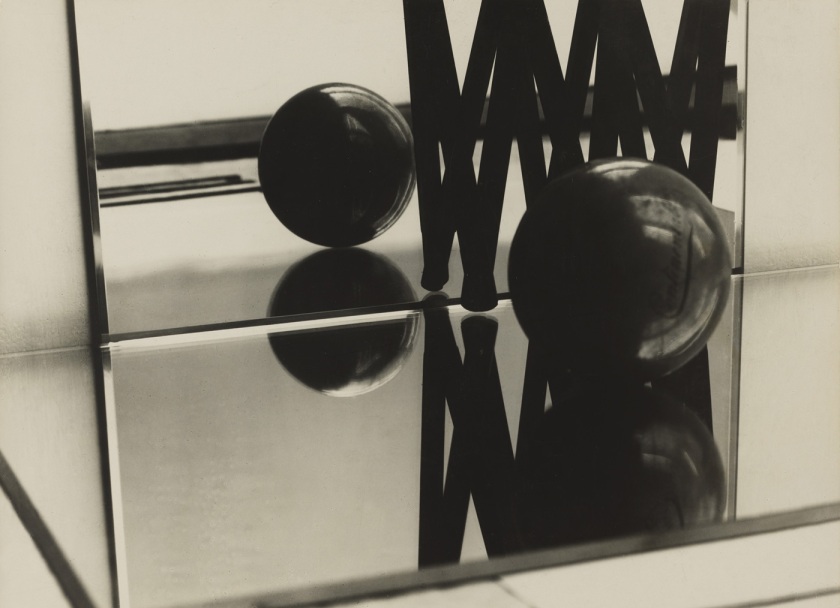

![Florence Henri. 'Composition abstraite [Still-life composition]' 1929](https://artblart.com/wp-content/uploads/2015/03/florencehenri_08_compositionabstraite-web.jpg?w=840)

![Florence Henri. 'Mannequin de tailleur [Tailor's mannequin]' 1930-1931](https://artblart.com/wp-content/uploads/2015/03/florencehenri_05__mannequindetailleur-web.jpg?w=840)
![Florence Henri. 'Composition Nature morte [Still-life composition]' 1931](https://artblart.com/wp-content/uploads/2015/03/florencehenri_10_compositionnaturemorte-web.jpg?w=840)
![Florence Henri. 'Pont [Bridge]' 1930-1935](https://artblart.com/wp-content/uploads/2015/03/florencehenri_21_pont-web.jpg?w=840)
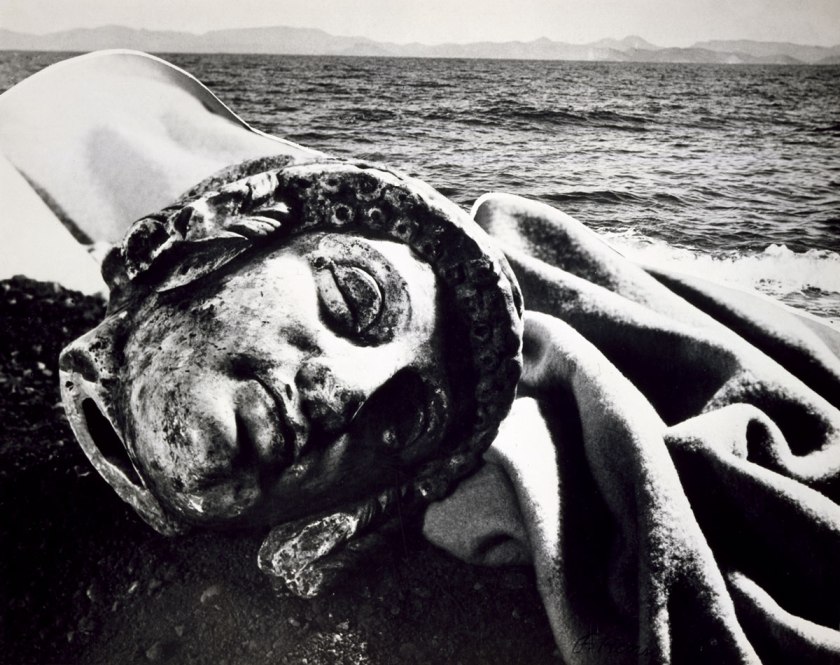

![Florence Henri. 'Autoportrait [Self-portrait]' 1928](https://artblart.com/wp-content/uploads/2015/03/florencehenri_01_autoportrait-web.jpg?w=840)
![Florence Henri. 'Femme aux cartes [Woman with cards]' 1930](https://artblart.com/wp-content/uploads/2015/03/florencehenri_11_femmeauxcartes-web.jpg?w=840)


![Florence Henri. 'Fenêtre [Window]' 1929](https://artblart.com/wp-content/uploads/2015/03/florencehenri_06_fenetre-web.jpg?w=840)

![Florence Henri. 'Composition Nature morte [Still-life composition]' 1931](https://artblart.com/wp-content/uploads/2015/03/florencehenri_09_compositionnaturemorte-web.jpg?w=840)
![Florence Henri. 'Composition Nature morte [Still-life composition]' c. 1933](https://artblart.com/wp-content/uploads/2015/03/florencehenri_17_compositionnaturemorte-web.jpg?w=840)
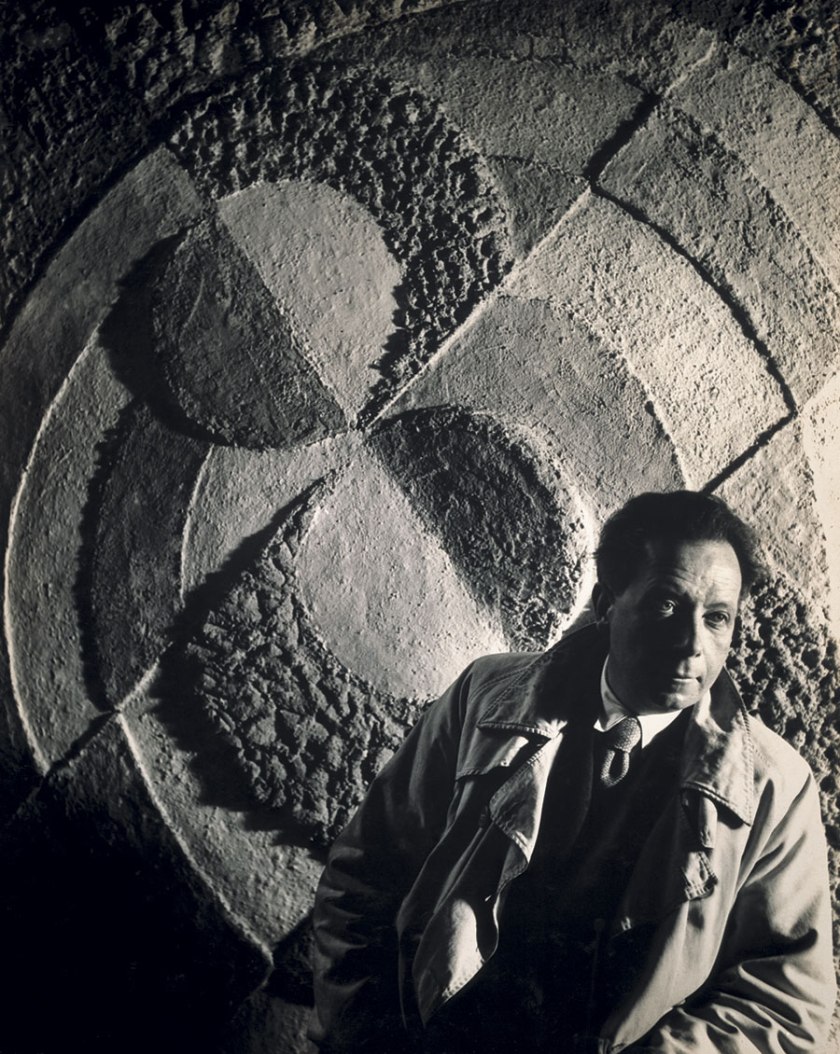
![Florence Henri (New York 1893 - Compiègne 1982) 'Bretagne [Brittany]' 1937-1940](https://artblart.com/wp-content/uploads/2015/03/florencehenri_19_bretagne-web.jpg?w=840)
![Florence Henri. 'Structure (intérieur du Palais de l'Air, Paris, Exposition Universelle) [Structure (Interior of the Palais de l'Air, Paris, World's Fair)]' 1937](https://artblart.com/wp-content/uploads/2015/03/florencehenri_20_structure-web.jpg?w=840)
![Florence Henri. 'Autoportrait [Self-portrait]' 1938](https://artblart.com/wp-content/uploads/2015/03/florencehenri_18_autoportrait-web.jpg?w=840)


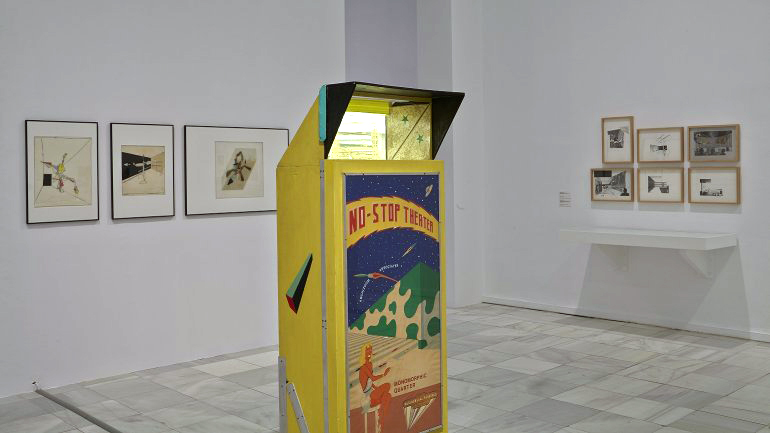
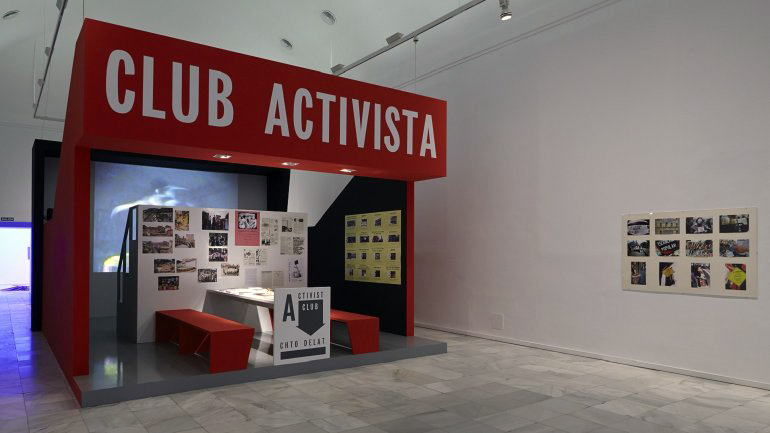
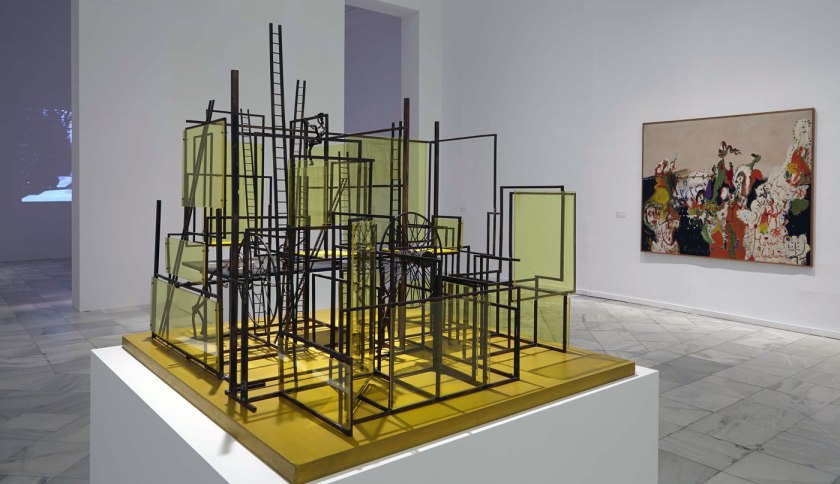


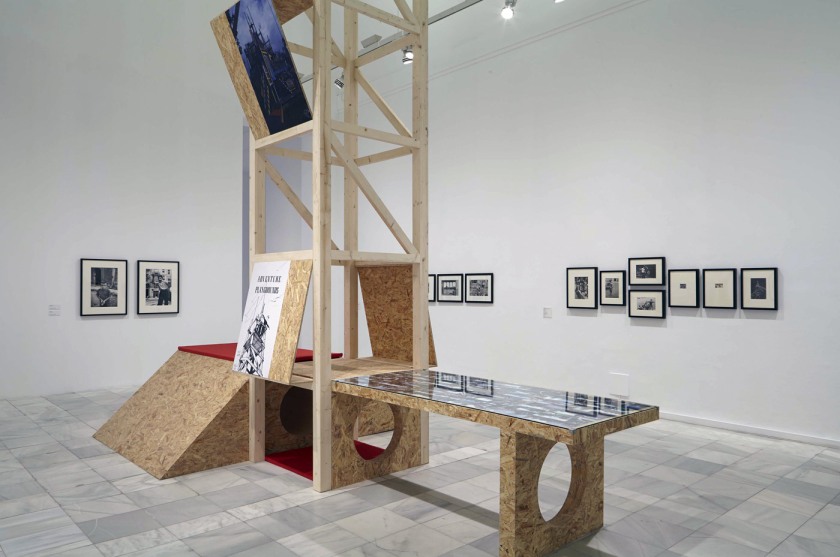


![Agustí Centelles. 'Barcelona, España. Guardería infantil en Vía Layetana' [Babysitting in Layetana Road] 1936-39](https://artblart.com/wp-content/uploads/2014/09/agusti_centelles-guarderia_infantil-web.jpg?w=840)
![Fernand Léger. 'Les Loisirs - Hommage à Louis David' [Leisure - Homage to Louis David] 1948-1949](https://artblart.com/wp-content/uploads/2014/09/leger-les_loisirs-web.jpg?w=840)
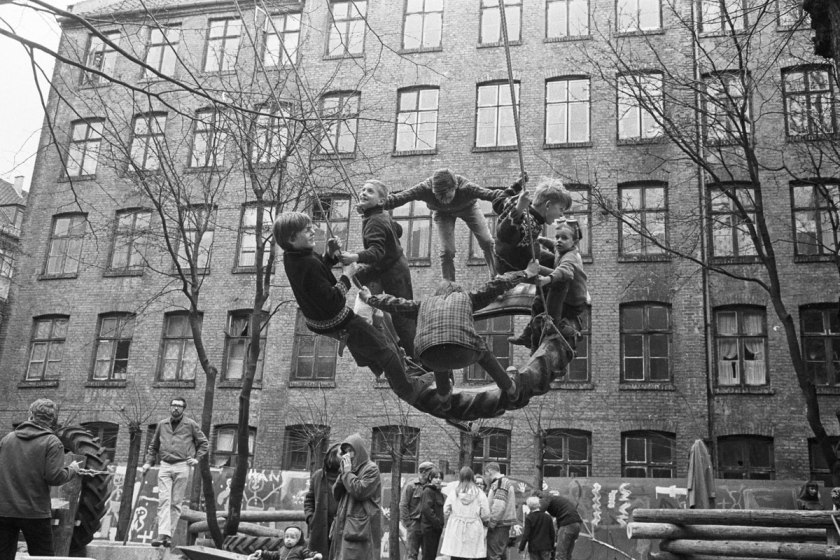
![Louis Sciarli. 'Le Corbusier. Marseille: Unité d'habitation, École Maternelle' [Le Corbusier. Marseille: housing unit, Kindergarten] 1945/2014](https://artblart.com/wp-content/uploads/2014/09/sciarli-le_corbusier_marseille-web.jpg?w=840)


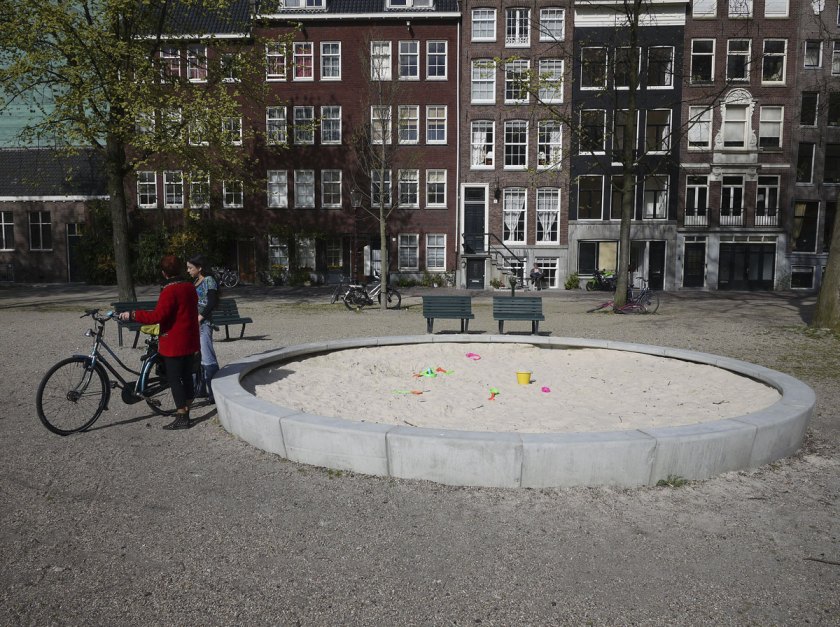



















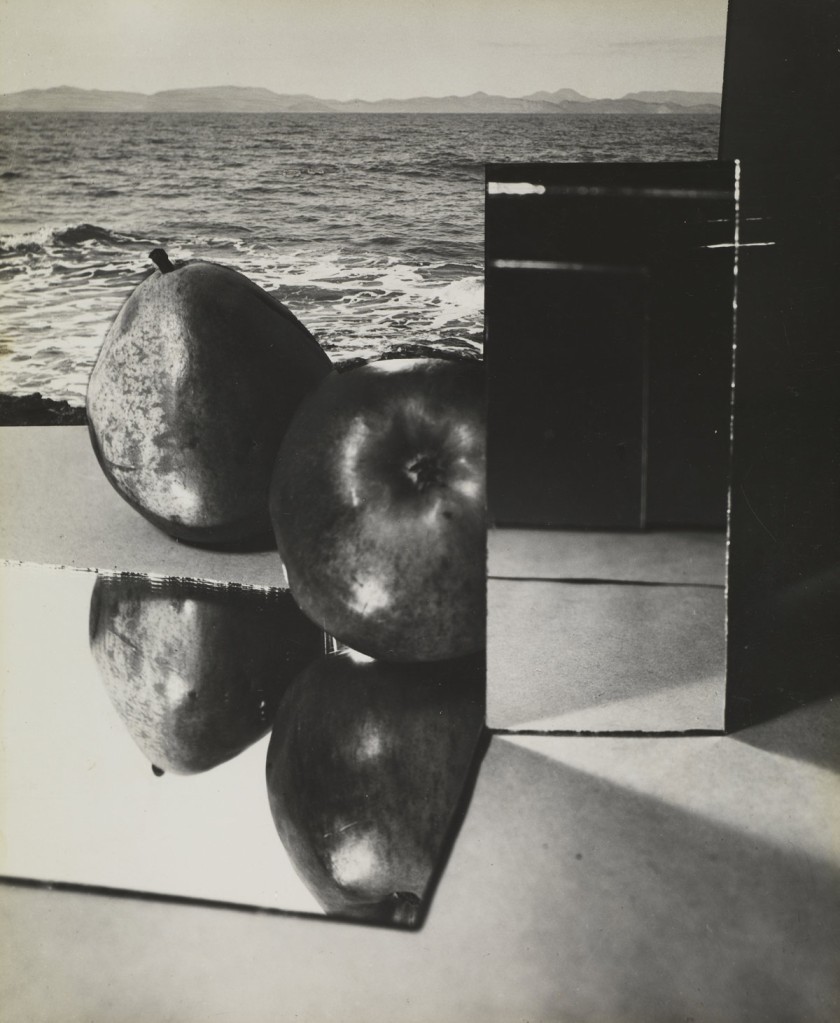




![Wols. 'Untitled [Still life - dining table]' 1937 Wols. 'Untitled [Still life - dining table]' 1937](https://artblart.com/wp-content/uploads/2014/05/wols_09_esstisch-web.jpg?w=840&h=870)
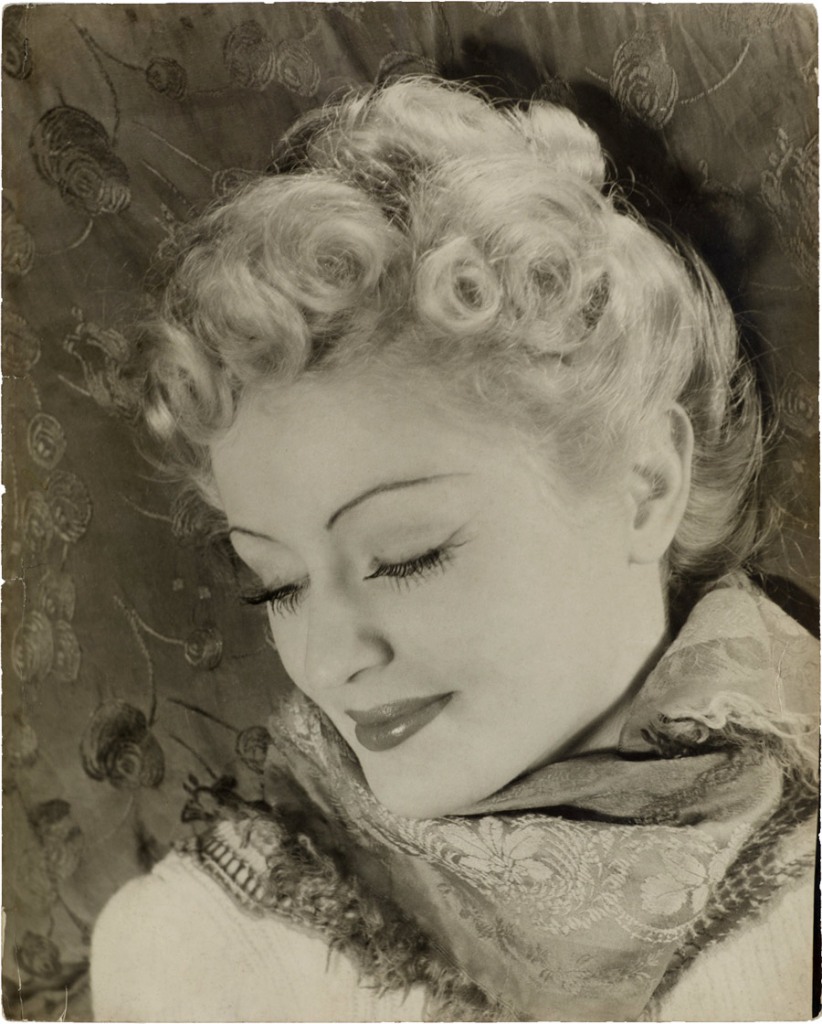
![Wols. 'Untitled [Pavilion de l'Elegance - Creating a home with Alix (Germaine Krebs)]' 1937 Wols. 'Untitled [Pavilion de l'Elegance - Creating a home with Alix (Germaine Krebs)]' 1937](https://artblart.com/wp-content/uploads/2014/05/wols_05_pavillon_de_l_elegance_2-web.jpg?w=701&h=1024)
![Wols. 'Untitled [Swiss Pavilion - Wire Figure]' 1937 Wols. 'Untitled [Swiss Pavilion - Wire Figure]' 1937](https://artblart.com/wp-content/uploads/2014/05/wols_04_pavillon_drahtfigurine-web.jpg?w=764&h=1024)

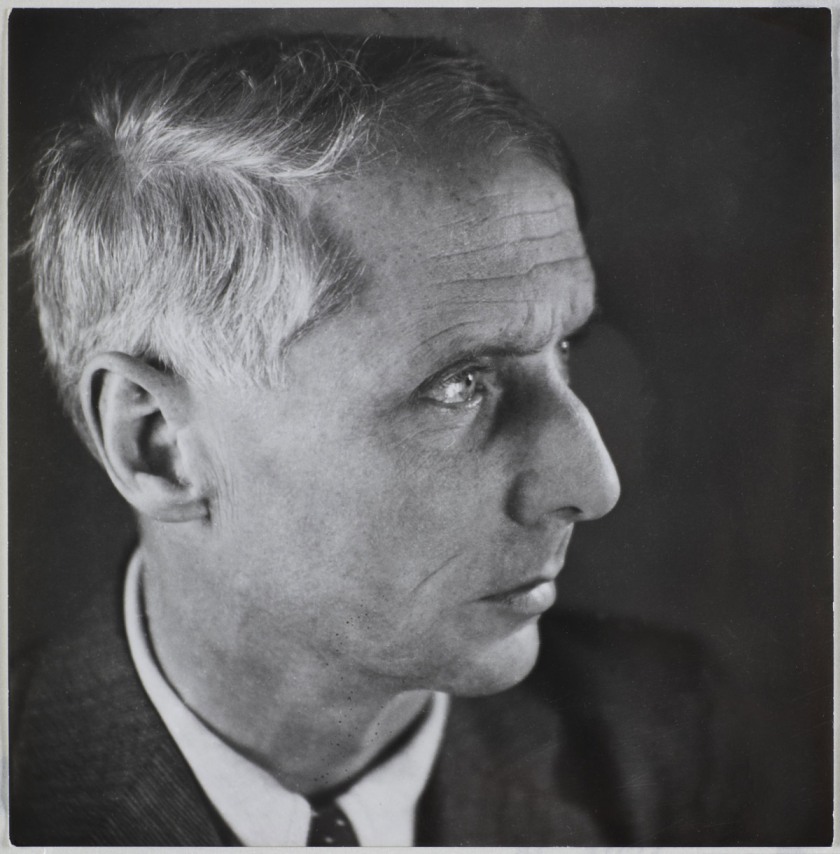
![Wols. 'Untitled [Paris - Flea Market]' Autumn 1932 - October 1933 / January 1935 to 1936 Wols. 'Untitled [Paris - Flea Market]' Autumn 1932 - October 1933 / January 1935 to 1936](https://artblart.com/wp-content/uploads/2014/05/wols_08_flohmarkt-web.jpg?w=765&h=1024)
![Wols. 'Untitled [Paris - Palisade]' Fall 1932 - October 1933 / January 1935 - August 1939 Wols. 'Untitled [Paris - Palisade]' Fall 1932 - October 1933 / January 1935 - August 1939](https://artblart.com/wp-content/uploads/2014/05/wols_07_paris_palisade.jpg?w=622&h=1024)
![Wols. 'Untitled [Paris - Eiffel Tower]' 1937 Wols. 'Untitled [Paris - Eiffel Tower]' 1937](https://artblart.com/wp-content/uploads/2014/05/wols_03_eiffelturm-web.jpg?w=728&h=1024)
![Wols. 'Untitled [Still Life - Grapefruit]' 1938 - August 1939 Wols. 'Untitled [Still Life - Grapefruit]' 1938 - August 1939](https://artblart.com/wp-content/uploads/2014/05/wols_06_pampelmuse-web.jpg?w=720&h=1024)
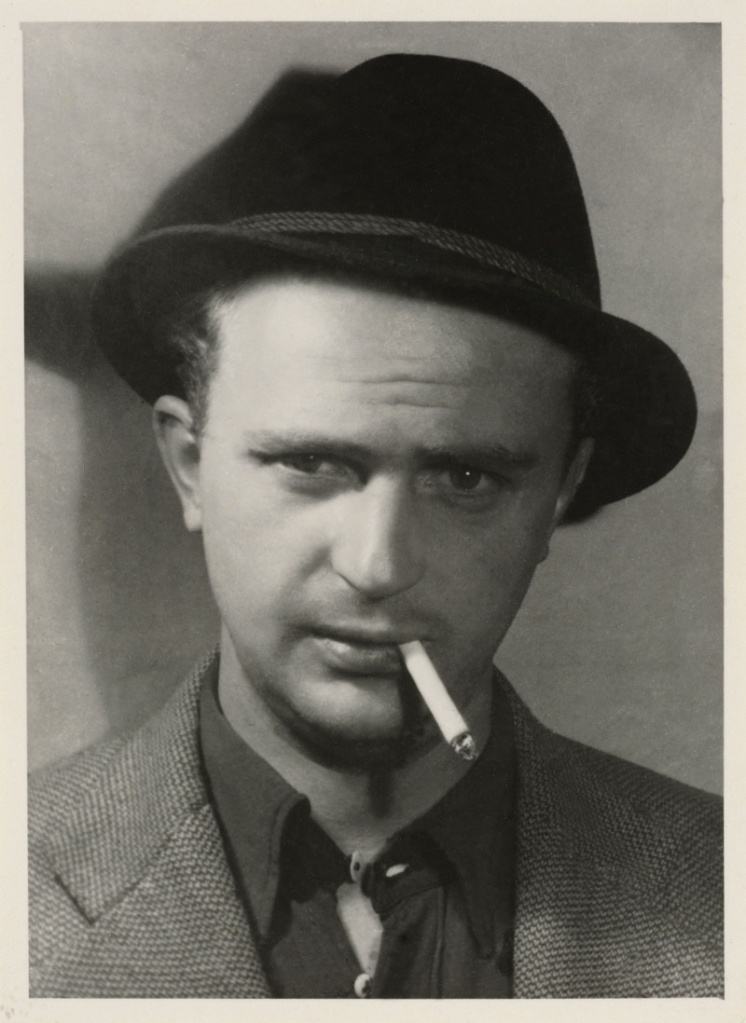





![Hans Bellmer. 'La mitrailleuse en état de grâce' (The Machine Gun[neress] in a State of Grace) 1937 Hans Bellmer. 'La mitrailleuse en état de grâce' (The Machine Gun[neress] in a State of Grace) 1937](https://artblart.com/wp-content/uploads/2014/02/fleshandmetal_01_bellmer-web.jpg?w=840&h=842)






You must be logged in to post a comment.